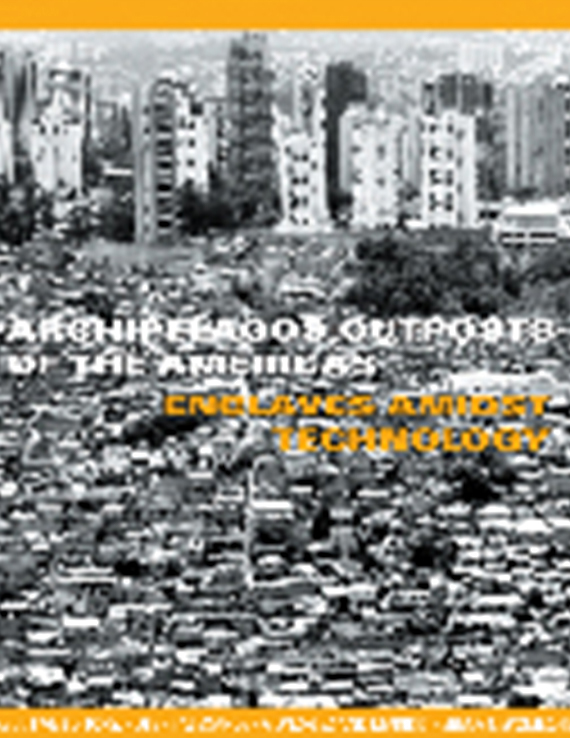Author(s): Susan Frostén
In looking to the Ancient Indian building practices of Vãstusãstra, a potential techne or process for ecological design can be deduced that establishes an interactive relationship between humans and the environment. Western culture, and the resulting architecture, has been grounded on a foundation of dualism. There are three distinct dualities that have been ubiquitous in Western thought since Classical Greek times: humans and nature, body and mind, and the self and the world. This has often resulted in an architecture that denies the essence of ecology, and instead accentuates these distinctions in the dichotomy created between architecture and the environment. The Vedic philosophy that is the basis of Vãstusãstra is not framed on the basis othese dualisms, but rather the interrelationship between all living entities. Vãstusãstra emphasizes ecology as a primary generator of design responses, thus allowing the environment to actively participate in the design process. Through a system of demarcation using environmental elements, and a simultaneous expression of metaphysical symbolism, a built form can possess a sense of animism. The understanding of ecological phenomena is intertwined with a mythopoeic meaning and an ecological response in terms of building. The building becomes a living entity with a life cycle that incorporates the individual, the environment and the cosmos. In this way, the observance and marking of physical phenomena can have an inherent link to the transcendental. This suggests a process of environmentally sustainable design principles and application of ecologically sensitive technology in the contemporary world that can reconnect humans with their micro- and macro-environment through an understanding of the natural elements and ecology as the generator of form. As such, it can be studied for its potential to eradicate the gap that exists amongst the technological, aesthetic and environmental realms to create a sense of animism in the built form within the landscape.
Volume Editors
Marilys R. Nepomechie & Robert Gonzalez
ISBN
0-935502-54-8

 Study Architecture
Study Architecture  ProPEL
ProPEL 
